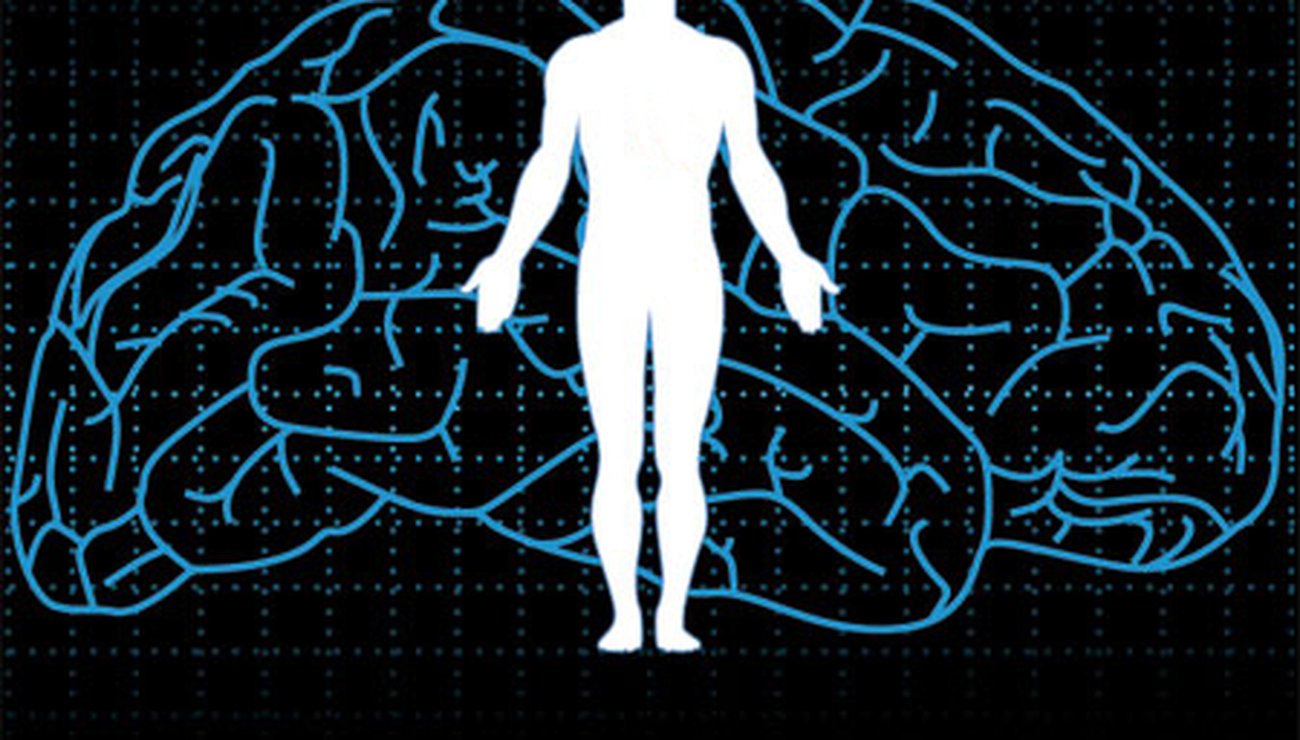Thu, 22 May 2025 08:55:28pm
Bigger Bodies Do not Mean Bigger Brains, Says New Study

Bigger Bodies Do not Mean Bigger Brains, Says New Study
In a groundbreaking study, researchers have debunked the century-old belief that larger animals have proportionally larger brains, revealing a complex relationship that challenges our understanding of brain evolution.
For over a hundred years, scientists have held a straightforward assumption: the bigger the animal, the bigger the brain. This linear relationship between body size and brain size has been a cornerstone in the study of animal physiology and evolution. However, a recent study led by Chris Venditti from the University of Reading, UK, has upended this long-held belief, demonstrating that the relationship is far from linear and is instead quite complex.
The research, which scrutinized a wide range of animal species, found that the relationship between body mass and brain size is actually a curve. This means that very large animals tend to have smaller brains than what would be expected if the relationship were purely linear. Venditti and his team’s findings suggest that the evolutionary pressures shaping brain size are more nuanced than previously understood.
"We now know this is not true. The relationship between brain and body size is a curve, essentially meaning very large animals have smaller brains than expected," Venditti explained. This revelation is significant as it prompts a reevaluation of how we interpret the cognitive capabilities of large animals and the evolutionary factors influencing brain development.
The study highlights that factors other than body size, such as ecological demands, lifestyle, and metabolic constraints, play crucial roles in determining brain size. For instance, predators might need larger brains to strategize hunting techniques, whereas herbivores might get by with smaller brains suited to their foraging lifestyle.
This discovery has profound implications for our understanding of brain evolution across different species. It challenges the simplistic view that brain size can be directly inferred from body size and opens new avenues for exploring the diverse evolutionary strategies that have shaped animal brains over millions of years.
In light of this new evidence, researchers are now called to delve deeper into the specific ecological and physiological factors that influence brain development. This study not only enriches our knowledge of animal physiology but also underscores the complexity and adaptability of evolutionary processes.


